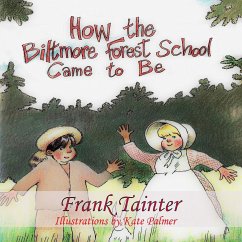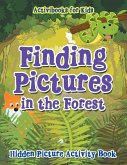This coloring booklet answers the question of, "How the Biltmore Forest School Come to Be." You might ask the question, "WHY did the Biltmore Forest School come to be"? The following answer will help provide an understanding of the greatest conservation challenge of America's history. Until the end of the 19th century, forestry in America was primarily a "cut out and get out" operation. But, as the 1800s came to a close, land owners, and the forest industry, realized that the endless forests they were cutting were not so endless after all. Most of the forests in the Northeast had been cut much earlier for the production of charcoal, forests in the Midwest were cut to provide housing for the settlers going west, and much of the Southeast had been cut down a century earlier to provide land for planting of cotton. What remained of our supposedly endless forests were being rapidly harvested, and not being replaced. That the end was in sight became especially obvious to the timber harvesters in the Pacific Northwest when they arrived at the Pacific Ocean. So, what could be done? It soon became apparent that the recently developed European forestry methods were not applicable in America. Conservation leaders like Gifford Pinchot, Theodore Roosevelt and John Muir began to make the public aware of the dangers awaiting our country if all the forests were not managed properly for sustained productivity. A German forester named Carl Alwin Schenck was hired by a very wealthy man, George Vanderbilt, in 1895, to place his cutover property under management for the sustained production of wood. Vanderbilt's land holdings soon grew to 120,000 acres and Schenck had his work cut out for him. Schenck hired young men to help him manage the property and because the men had so many questions, Schenck gave lectures explaining why he did things a certain way. This soon attracted more men who wanted to learn about forest management and the Biltmore Forest School was formed. It was the first forestry school in the United States and operated for nearly two decades. It's story is summarized in this coloring booklet.
Hinweis: Dieser Artikel kann nur an eine deutsche Lieferadresse ausgeliefert werden.
Hinweis: Dieser Artikel kann nur an eine deutsche Lieferadresse ausgeliefert werden.








